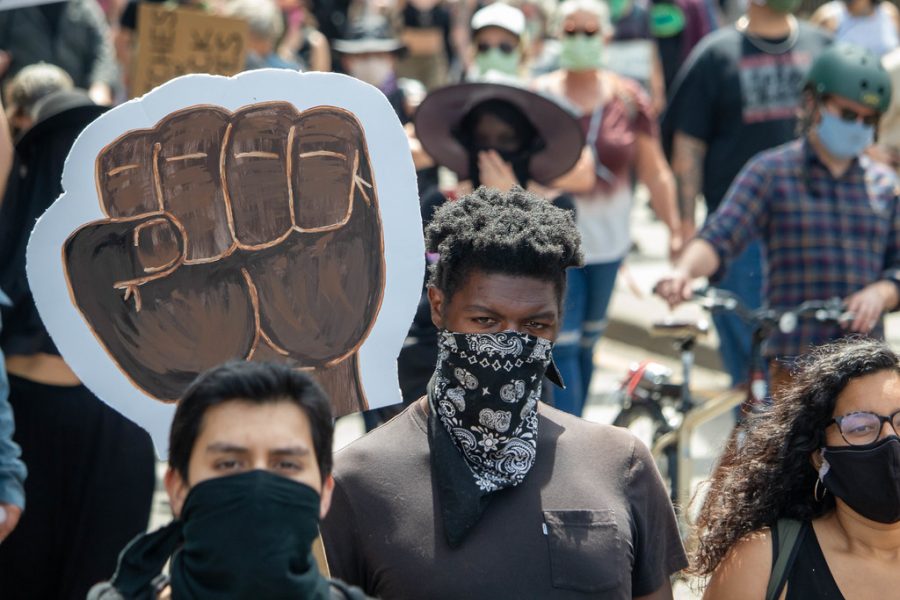What is Systemic Racism?
September 28, 2020
The year is 2020. Black Lives Matter protests are happening around the clock, youth activists are speaking out on social media, and thousands of citizens have taken to the streets in the wake of countless black deaths; the Civil Rights Movement isn’t over.
The coronavirus pandemic has disproportionally hit black and brown communities across the nation, and following the death of George Floyd, Americans are demanding an end to police brutality and systemic racism. But what is systemic racism?
“[Systemic racism is a] system and structure that has procedures or processes that disadvantages African Americans,” NAACP President Derrick Johnson said.
It’s a form of racism that is institutionalized in a flawed and outdated national system.
“[This form is] the complex interaction of culture, policy, and institutions that holds in place the outcomes we see in our lives,” President of Race Forward and publisher of Colorlines Glenn Harris said. “Systemic racism is naming the process of white supremacy.”
There is racial inequality in certain “success indicators,” including wealth, employment, healthcare, education, the criminal justice system, and housing. This structural racism makes it harder for people of color to participate in both society and the economy.
Harris mentions the example of housing in the USA Today article “Systemic racism: What does it mean and how can you help dismantle it” by discussing how a disproportionate number of African Americans are homeless or lack housing security because of factors such as redlining.
Redlining refers to the twentieth-century system used by banks and the real estate industry that determined which neighborhoods were acceptable for certain people to buy. In neighborhoods where people of color lived, outlined in red ink, investment was considered risky.
“Redlining basically meant it was fundamentally impossible for Black and brown people to get loans,” Harris said. “It was an active way of enforcing segregation.”
According to a Department of Housing and Urban Development report presented to Congress this past January, black people make up nearly half of the homeless population, despite making up only thirteen percent of the population.
The net worth of an average white family, approximately $171,000, is nearly ten times greater than that of a black family, around $17,150, according to the Federal Reserve’s 2016 Survey of Consumer Finances.
The practice of redlining in the housing industry prevents black families from maintaining as much wealth as white families can. This results in a larger growing racial wealth gap and more housing insecurity for people of color. While redlining was banned in 1968, according to a 2018 study by the National Community Reinvestment Coalition, the areas that were deemed “hazardous” back in the 1930s are still more likely to be owned by people of lower-income and minority status in America.
The flawed housing system is one of the many examples of systemic racism in this nation, and there are numerous ways that all citizens can help level the playing field for everyone. Acknowledging that systemic racism exists and that it is still an issue today is a start. Advocating with local civil rights organizations and electing leaders and politicians that don’t support structurally racist policies helps minority communities.
Demanding fundamental change for the good of our fellow Americans will help the entire country thrive, and spreading awareness to those around us, whether it be friends, family members, or teachers, will truly make America great again.




